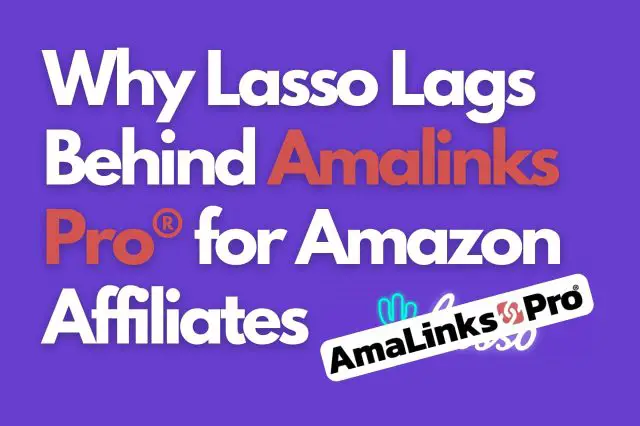Term:
image link
Definition:
An image link is a type of hyperlink that directs the user to an image or graphic file rather than a text-based document or webpage. In other words, it is a clickable image that takes the user to a designated destination when clicked. The destination can be another webpage, a file download, or even another image.
Image links are a common feature of the internet, and they are used for a variety of purposes. For example, they may be used to link to a product image on an e-commerce site or to provide a visual representation of a webpage’s content. They are also frequently used in email marketing campaigns to make the call-to-action more appealing and clickable.
In terms of the technical aspects of image links, they are typically written in HTML code. The HTML code will include a reference to the image file, along with the URL or file path of the destination to which the image link should direct the user. For example, the code for an image link might look like this:
<a href=”http://www.example.com”><img src=”http://www.example.com/images/example.jpg” alt=”Example”></a>
In this example, the image link directs the user to the URL “http://www.example.com” when clicked. The image file that is displayed as the link is “example.jpg,” which is located at “http://www.example.com/images/.” The “alt” attribute is used to provide a text description of the image for users who cannot view the image due to technical limitations or disabilities.
There are a few best practices to keep in mind when using image links on a website or in an email campaign. First, it is important to make sure that the image file is optimized for web use. This means that it should be compressed to reduce its file size and load quickly, without sacrificing image quality. Slow-loading images can be a major source of frustration for users and may result in them leaving the site or deleting the email before clicking through.
Second, it is important to make sure that the image link is clearly visible and easy to click on. This means using an appropriate size and style for the link, and placing it in a prominent location on the page or within the email. If the image link is too small or difficult to see, users may miss it altogether and not click through to the destination.
Third, it is important to make sure that the destination of the image link is relevant and useful to the user. If the destination does not match the user’s expectations or needs, they may become frustrated and abandon the site or campaign. It is important to clearly communicate the destination of the image link and to make sure that it is valuable to the user.
Image links are an important tool for marketers and website designers to create a more engaging and interactive user experience. They can help to increase click-through rates, provide visual interest, and make the content more accessible to a wider range of users. By following best practices and using image links strategically, businesses can improve the effectiveness of their digital marketing campaigns and enhance the overall user experience on their website.
An image link is simply a hyperlinked image within web content. If you click on an image and it redirects you to another web page, that was an image link. Image links are a great tool for affiliate marketers to use in their websites and social media posts. Image links often convert well because people seem to be driven to click on images, linked or not, So why not add links to the product images you are promoting?
Related:

Miles Anthony Smith
Miles is a loving father of 3 adults, devoted husband of 24+ years, chief affiliate marketer at AmaLinks Pro®, author, entrepreneur, SEO consultant, keynote speaker, investor, & owner of businesses that generate affiliate + ad income (Loop King Laces, Why Stuff Sucks, & Kompelling Kars). He’s spent the past 3 decades growing revenues for other’s businesses as well as his own. Miles has an MBA from Oklahoma State and has been featured in Entrepreneur, the Brookings Institution, Wikipedia, GoDaddy, Search Engine Watch, Advertising Week, & Neil Patel.




